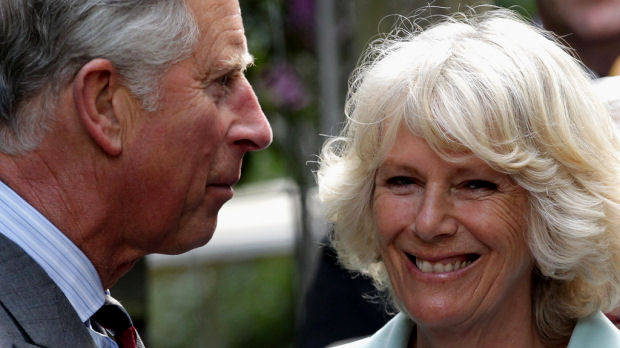Prince Charles’s taxpayer funding up 18 per cent
The Prince of Wales’s funding from the UK taxpayer increased by almost 18 per cent last year, according to figures in his annual review published today.

Taxpayer funding from grants-in-aid and Government Departments rose in the 2010-11 tax year, from £1,664,000 to £1,962,000, the annual review shows.
Three grants-in-aid are paid to the Queen’s Household, for property services, travel and communications, and are used in part to support official activities.
Government Departments meet expenditure in respect of provision of staff on secondment from the armed services, and some costs of official overseas visits undertaken at the request of the Foreign and Commonwealth Office.
The Prince of Wales’s private income is derived from the Duchy of Cornwall, an estate comprising agricultural, commercial and residential property, mostly in the south west of England. Income from the Duchy was up by nearly 4 per cent, the accounts show, to £17,796,000.

The surplus income after official costs was £8,352,000, on which the Prince of Wales incurred a tax bill, paid at the 50 per cent rate, of 4,398,000. His tax bill for 2010-11 was more than £900,000 bigger than in the previous year.
Official air and rail travel costs were up 56 per cent, to £1,080,000 from £692,000. The steep rise in travel costs is explained by the fact that in 2009 the Prince and Duchess of Cornwall undertook a major royal overseas trip to Canada – paid for by the Canadian Government.
“It’s all skewed by the fact that the longest journey in 2009-10 was to Canada, and the Canadians paid for it,” explained Sir Michael Peat, the Principal Private Secretary to Prince Charles.
The fact that the royal couple undertook longer overseas journeys in the preceding tax year also explains why the Prince’s carbon emissions for 2010-11 are down 22 per cent, to 3,986 tonnes of CO2.
Last November’s announcement of the engagement between Prince William and Kate Middleton prompted a large increase in the number of letters received.
“The Prince of Wales, The Duchess of Cornwall, The Duke and Duchess of Cambridge and Prince Harry receive a large number of letters each year,” the annual review notes.
“In 2010-11, for example, they received 35,968 letters. People from all over the world write to Their Royal Highnesses, although the majority of the letters are from the UK.”
In 2010-11 Charles personally wrote 2,164 letters, Camilla wrote 1,374, and they jointly wrote 13.




